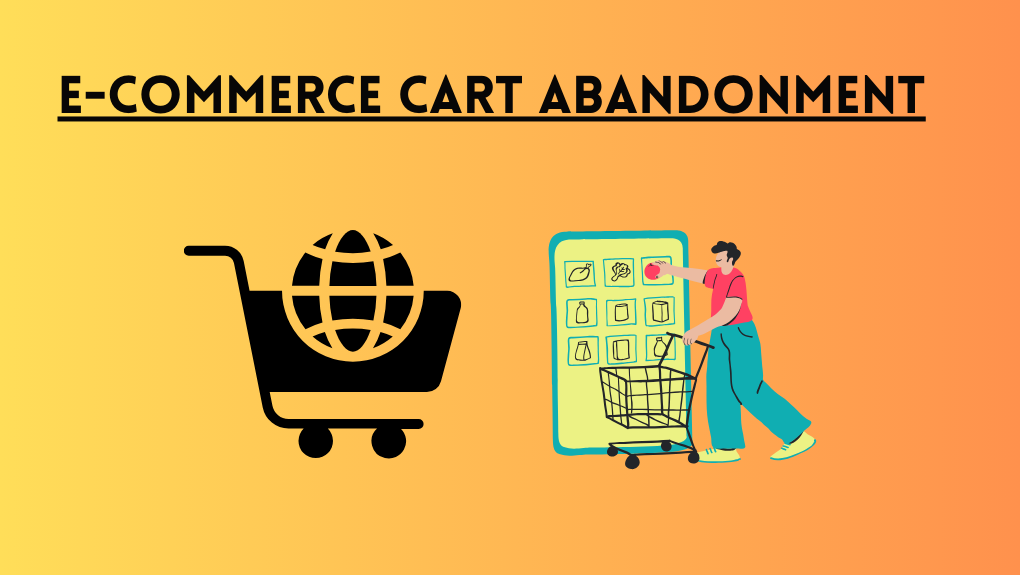How to Embrace E-commerce Trends for SEO Growth
E-commerce is constantly changing. If you want to make your e-commerce business succeed, it’s important to stay up to date with trends and maximize your SEO efforts. Doing both can drive traffic to your site and ultimately make your store grow and generate revenue.
In this article, we’ll explore the latest e-commerce SEO trends that you, as a business owner, can use and leverage.
Let’s get started!
What Are The Latest E-Commerce SEO Trends?
Voice Search
One of the fastest-rising e-commerce trends this year is voice search. If you don’t know what it is, it’s the use of voice search devices such as Alexa, Siri, Bixby, or Google Home to conduct online searches for products and services, and sometimes, even make purchases.
The numbers don’t lie. Seventy-one percent of people prefer doing searches via voice instead of typing. In comparison, 33.2 million people in the US alone were expected to shop using the voice feature of their smart speakers.
Voice search is indeed the future. If you want to adapt to its growing popularity for your e-commerce store, consider the following steps:
- Optimize for questions: When people do voice searches, they tend to ask questions instead of using keywords. For example, they might say, “Where can I buy the best chocolate chip cookies near me?” instead of just “best chocolate chip cookies.” Optimize your site by using more conversational phrases and questions (Who, What, Where, When, How).
- Use long-tail keywords: Speaking of keywords, you’ll want to use more long-tail keywords in your shop. This is because people say more when they speak than when they type. By being more specific and using longer keywords, you’ll have greater chances of appearing in searches. For example, use “white fitted cotton v-neck shirt” instead of just “v-neck shirt.”
- Use schema markup: Schema markups can help you give search engines more detailed and specific product descriptions, making it easier for your shop to be visible on voice searches. This also makes it more convenient for your customers since details like reviews, availability, and prices will also appear on the search results. Then they will likely choose your product over others since they already have all the information they need.
Mobile-Friendly Sites

The popularity of mobile shopping has rapidly increased during the last few years. In fact, mobile is the fastest-growing channel for online retail orders. If you want to keep up with the demand, you’ll need to optimize your e-commerce store for mobile.
A mobile-friendly e-commerce store has many benefits. Aside from being more accessible to potential customers, you also give them a positive user experience by making it easier for them to shop. Mobile-friendliness has a great impact on your search rankings as well, as Google’s Mobile First Indexing means that they rank sites optimized for mobile higher compared to sites that aren’t.
If you want to make your e-commerce store mobile-friendly, consider the following:
- Provide great UX: Make the site easy to navigate and understand. Use familiar icons and layout. The search feature should be optimized as well. Add filters like “Price low to high” or categorize them by size, material, style, color, etc. This makes it easier for your customers to find their desired item without wading through irrelevant products.
- Scale back on the design: Use simple and clean backgrounds, lighter color palettes, and simpler fonts. Stick to a one-column layout, and don’t overload the site with graphics or animation. Aside from being easier on the eyes, it will also make your site load faster.
- Use a responsive layout: A responsive design means the site will automatically adapt to the screen size or orientation of the device on which the site is viewed. This is helpful for mobile sites, as it ensures your store will look great and function properly no matter what device they use.
Branding
Your search results placement matters in attracting customers, but did you know that brand recognition and familiarity also play a huge role?
According to DemandSage, most people (33%) click on paid ads because the ad answers a question. Familiarity is the next most common reason for clicking, followed by being listed ahead of organic results.

So, how do you harness the power of branding? Some examples are:
- Prioritize your logo: Your logo design is crucial since it’s your main branding asset. You’ll place it on various materials, like your site, packaging, business cards, and others, to identify as part of your brand. Make sure you create a suitable logo design that can communicate your identity and looks appealing to your target audience. If you don’t have one yet, try playing around with logo maker tools online to get started.
- Consistent visual identity: Having a consistent visual look across your e-commerce site can improve brand recognition. Use the same color palette, typography, graphic style, layout, and shoot your product shots in the same way to build your brand’s aesthetic.
- Consistent brand voice: Your brand voice, or your writing style and tone, should be consistent as well. Whether you prefer a friendly, Gen-Z jargon or a professional and authoritative tone, make sure to always use it on all your written content (blog, product descriptions) to build your brand identity.
Security
In our increasingly digital world, more and more customers are concerned about security and data privacy when shopping online.
Establishing your store’s credibility and security is crucial. Make sure your site has an “https” in front. To do this, you must get and activate an SSL certificate.
A secure site has many benefits for growing your e-commerce store. Your customers will feel more confident sharing personal details and payment information, and thus purchase products from you. Your store will also look more credible and legitimate compared to competitor stores, making it easier to build your brand.
This also has an impact on your search rankings. Back in 2014, Google announced that it would give a ranking boost to sites that use https. Site security also impacts your user experience, as unsecured sites take longer to load and have a higher bounce rate, both of which affect your site metrics.
Customer reviews

Screenshot provided by author
Reviews affect both your e-commerce store and your search rankings. How?
First, your e-commerce store. Ninety-three percent of people read reviews first before making a purchase. Forty-nine percent trust online reviews as much as they trust personal recommendations. And perhaps most importantly, product pages with reviews have 3.5x conversions compared to those without.
Let’s move on to your Google reviews. Google uses customer reviews as a factor determining your ranking in search results. For example, a customer is searching for a store that sells eco-friendly bath soaps nearby. If you have multiple positive reviews, chances are you’ll appear higher compared to stores that are nearer but don’t have as many reviews.
Customers tend to prefer stores with positive reviews. This leads to a higher CTR, which in turn leads to a higher Google ranking.
As you can see, the power of reviews is unmatched. To maximize this, do the following:
- Encourage your customers to leave reviews: Make it easy for customers to leave reviews. Send them an email once they receive their delivery, prompt them to review on your product page, or link your Google Business profile on your store or social media channels. You can even give them discounts or coupons to further incentivize them to review.
- Respond to reviews: Always respond to your customers, whether they are positive or negative reviews. This shows that you value feedback from your customers and that you care about their shopping experience. This leads to higher user engagement and a more positive user experience, both of which affect your search rankings and your brand credibility.
Social commerce

Screenshot provided by author
Another rising e-commerce trend this 2025 is social commerce. It’s the process of buying and selling products directly from social media sites. With this seamless integration, customers can buy a product they want without having to leave the platform.
This can be done through Instagram Shop, Facebook Shop, Facebook Live Shopping, Pinterest Shopping, and TikTok Shop.
While social commerce may not directly impact your existing e-commerce site and SEO, it does have many positive benefits.
First, you widen your audience's reach and visibility. With the rising popularity of social commerce, if your products are available on it, you’ll have a higher chance of generating more sales and conversions.
Second is brand exposure. The more people see your products on social media, the more familiar they will be with your brand. Over time, this builds brand recognition.
Lastly, there is social signal. To put it simply, it’s the perception you send to Google based on your social media presence. Having a high number of followers, shares, comments, or likes sends a positive social signal, which influences your rankings.
Wrapping Up
If you want to take your e-commerce store to the next level, you’ll need a solid SEO plan. No matter how great your products are, it's pointless if people can’t see your site. This is why having a great e-commerce SEO strategy is important. Your SEO efforts can increase site traffic and visibility, which can determine your store’s success.
Staying up to date with e-commerce trends is another important piece of the puzzle. The world of e-commerce is constantly evolving, and if you don’t keep up, you’ll risk losing your customers’ attention. Follow the tips above, and you’ll be on your way to a thriving and growing e-commerce store.









